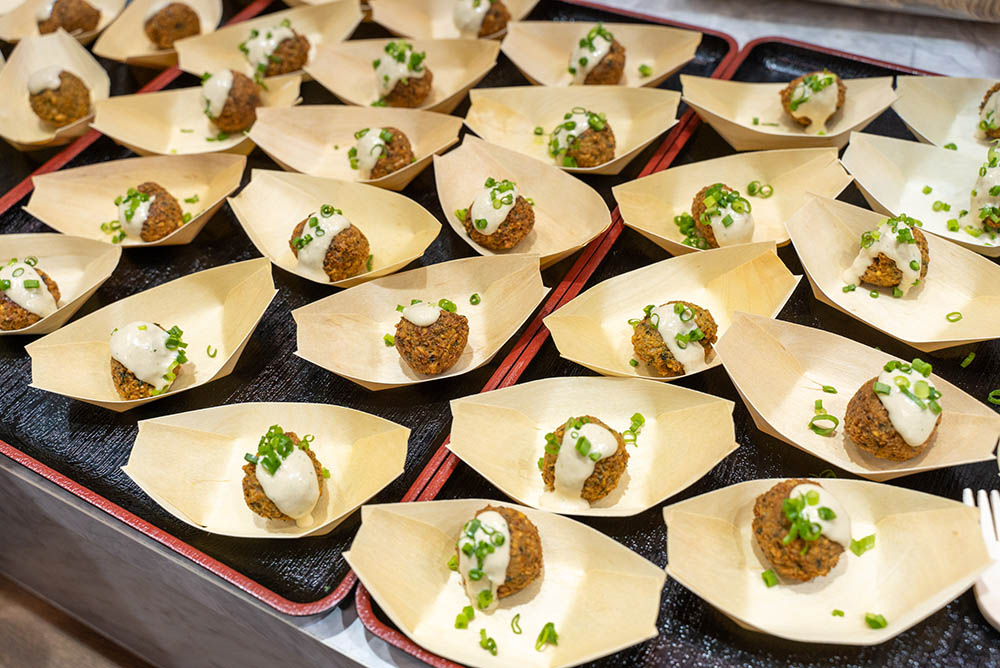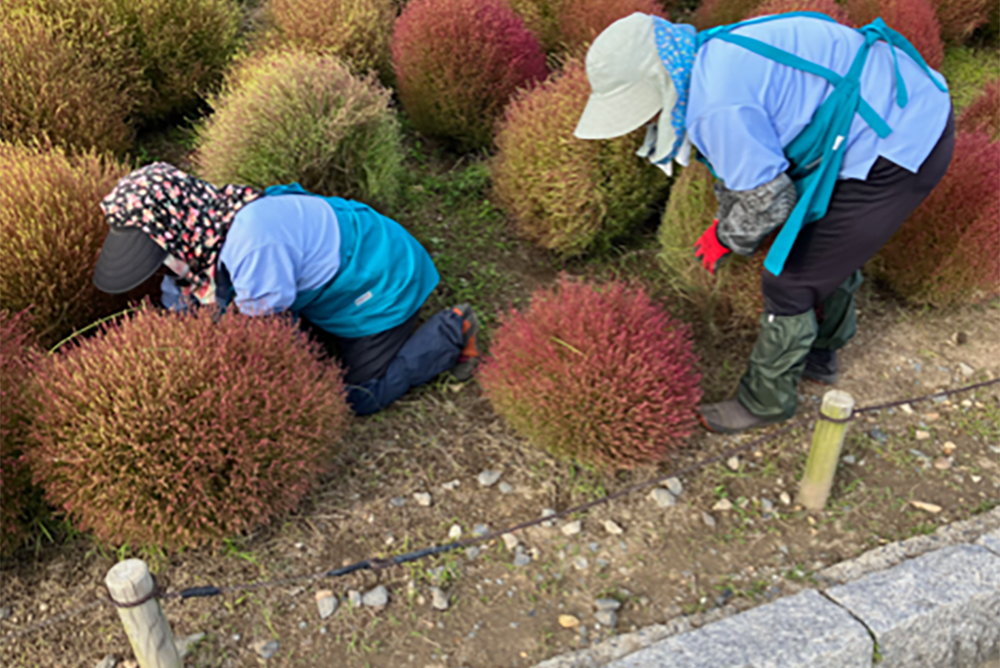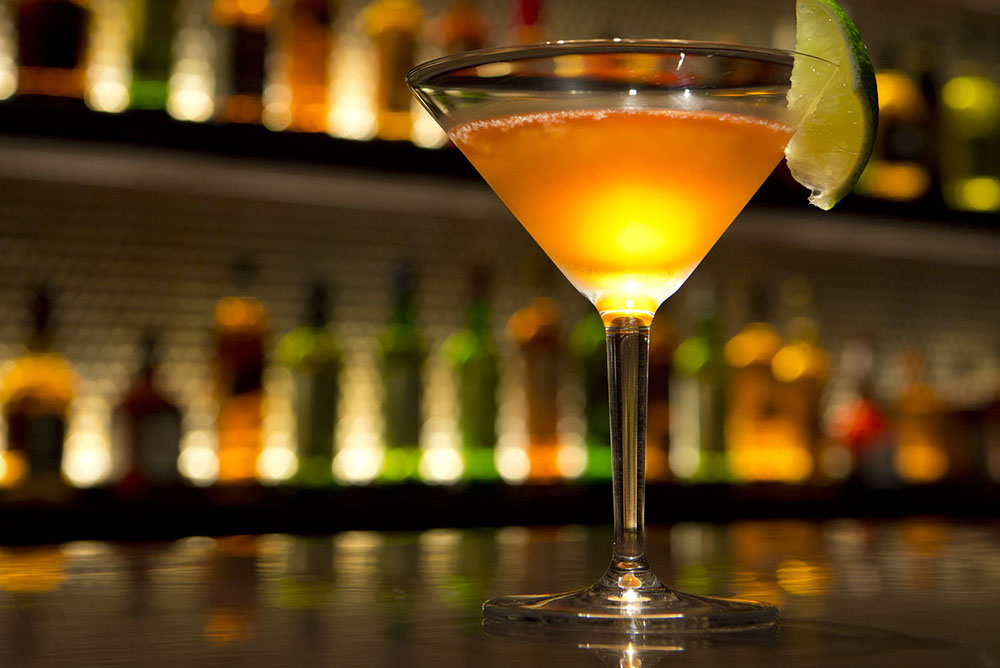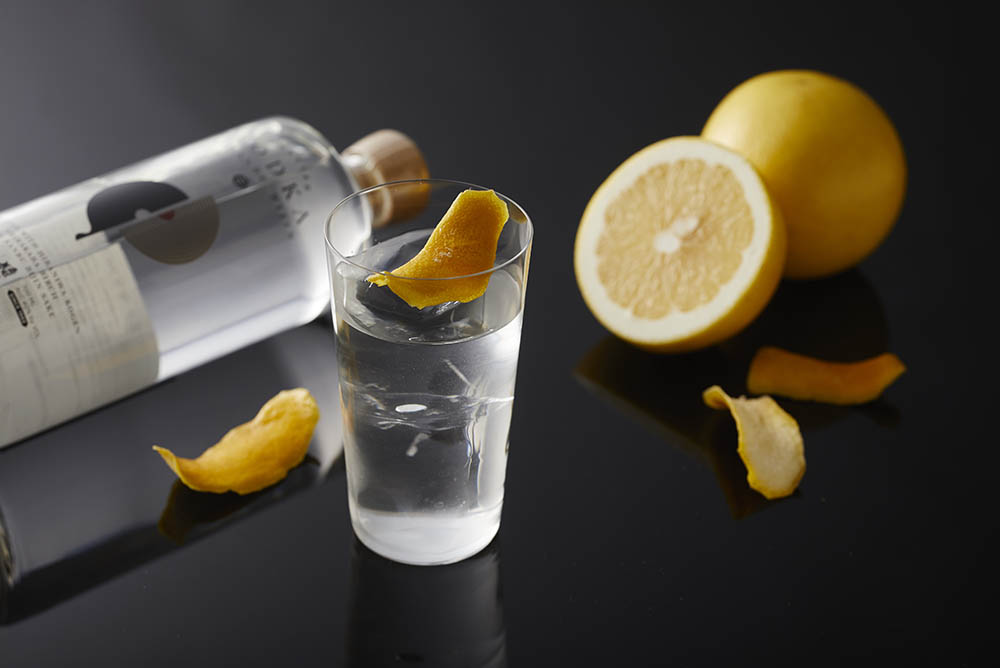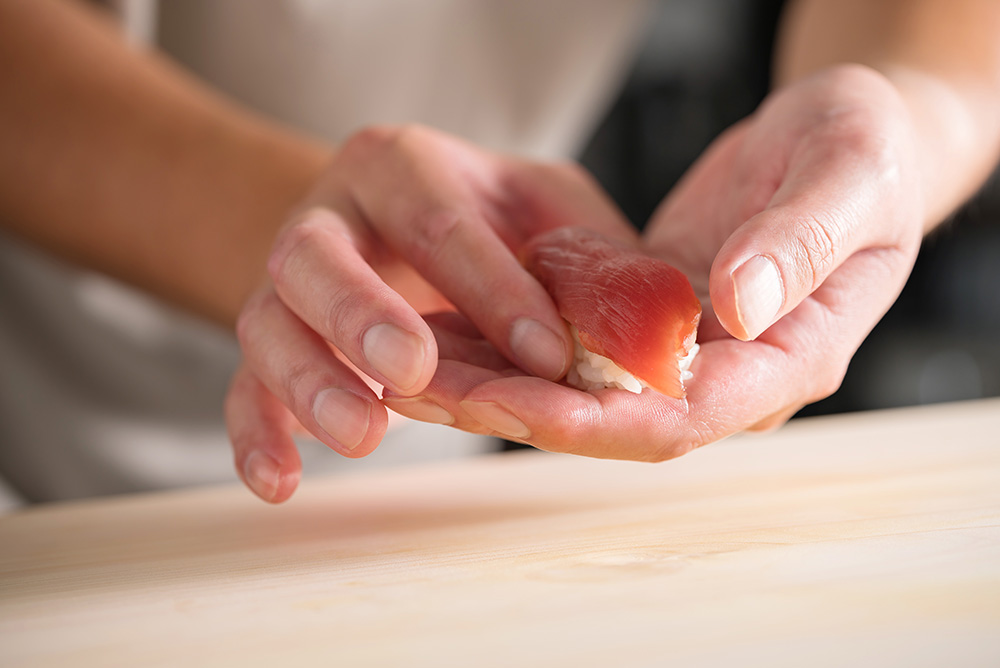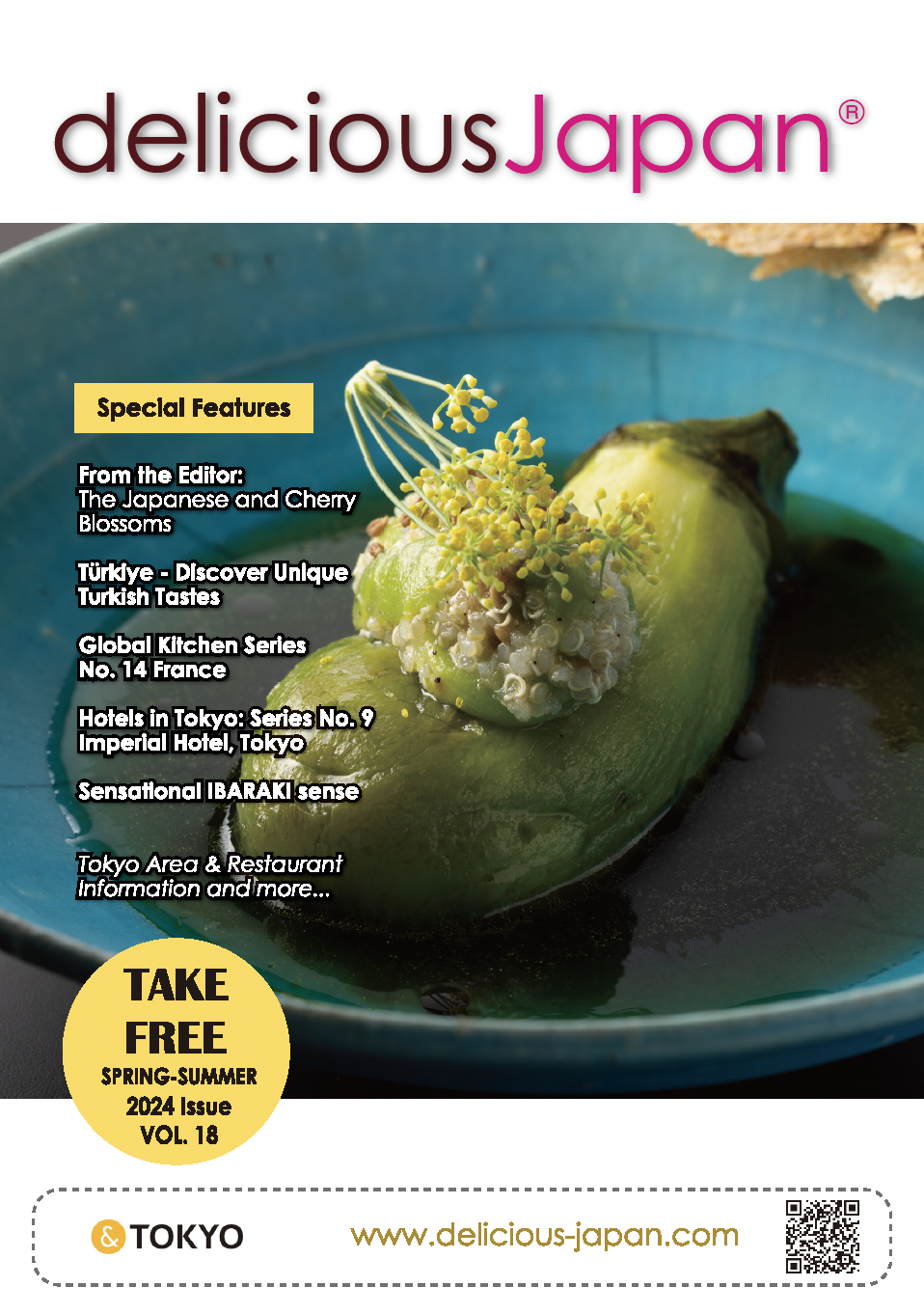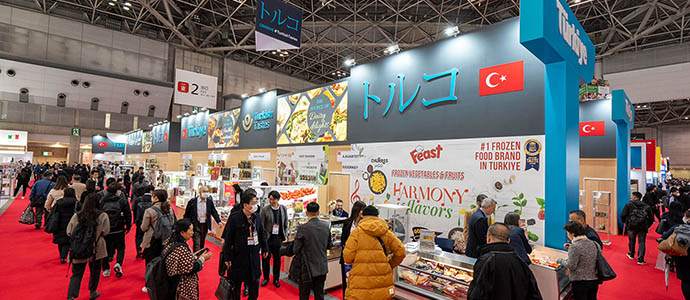
Türkiye - Discover Unique Turkish Tastes
FOODEX JAPAN 2024 was held at Tokyo Big Sight over four days from March 5 to 8. As one of the largest food and beverage trade shows in Asia, it has been held annually since 1976, and is highly regarded both domestically and internationally as an excellent venue for both exhibitors and visitors to expand their business. This year, there were exhibitors from 68 countries and regions, including Japan, and more than 76,000 people visited the exhibition over the four days. We watched the Turkish Pavilion, which stood out among the foreign exhibitors.
Türkiye has been strategically developing its entry into the Japanese market throughout the year, centering on its participation in Foodex Japan every March. It has been holding B2B business matchmaking events, conducting buyer missions from Japan to Türkiye, and using further B2C promotional activities by influencers to increase exposure of Turkish food products.
Türkiye is one of the world's leading agricultural countries, boasting the world's largest production of hazelnuts, figs, apricots, and cherries. It also ranks among the world's largest producers of many agricultural and fishery products, such as wheat, sugar, potatoes, and pulses.
Türkiye has a land area of 780,576 square kilometers, about twice the size of Japan, a population of over 85 million, and a young average age of 33.5 years. The year 2024 coincidentally marks the 100th anniversary of the establishment of diplomatic relations between Japan and Türkiye. Türkiye is increasingly attracting the attention of Japanese companies as a production base for the EU and neighboring markets in addition to the domestic market, and a number of sales bases have been established in response to the expansion of Türkiye's consumer market. In recent years, in particular, companies have been accelerating their moves into the region and establishing local subsidiaries. In addition to the usual trading, construction, and manufacturing industries, such moves are now happening in a wide range of industries, including food, finance, medical care, news, and publishing.
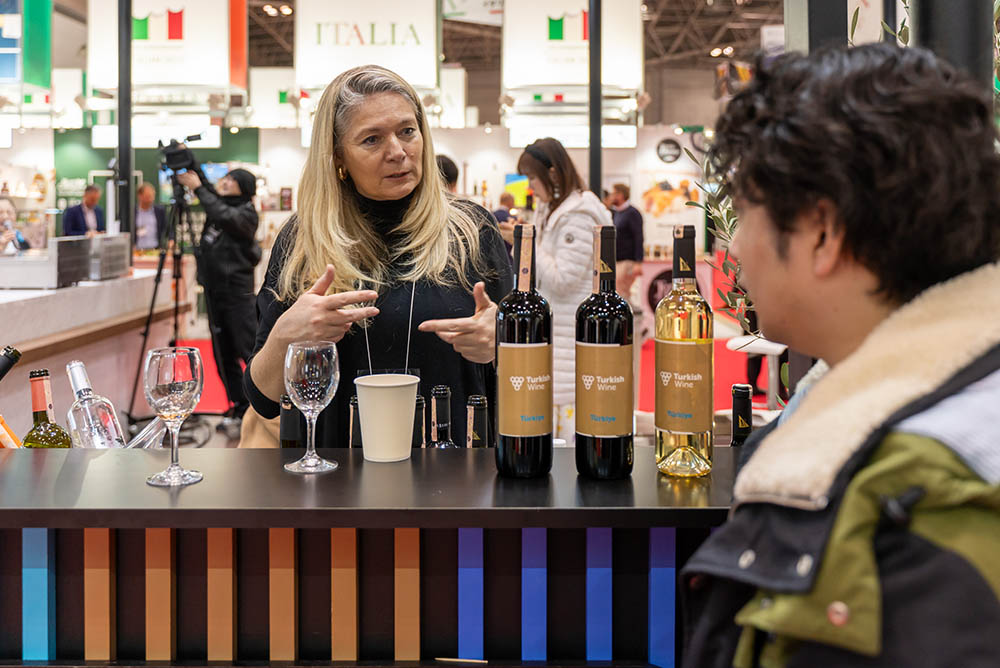

51 Exhibitors from Türkiye
There were 51 exhibitor companies from Türkiye at Foodex this year. That's an increase of 40% from 29 last year. They were of course offering olive oil, dried fruits, nuts, and pasta, which are all staples of Türkiye, but this year Turkish wine was also introduced. Many visitors who tasted the wine said they would love to try it with Turkish cuisine.
The Turkish Pavilion had a B2B Area for business meetings between Turkish and Japanese companies, which was used as a space where Japanese companies could comfortably conduct business meetings while drinking Turkish chai. The Trend Stage was set up in the middle of the pavilion, where Michelin-starred chef Osman Serdaroğlu gave a cooking demonstration and tasting session using Turkish ingredients, which drew a large crowd of visitors waiting to try the food.
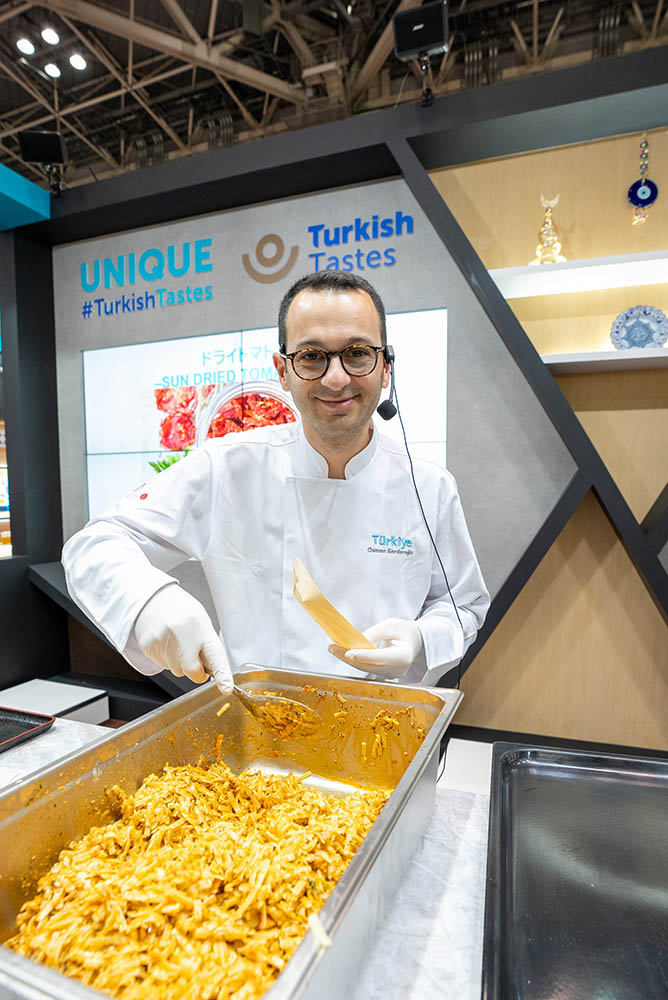
Michelin-Starred Chef from Türkiye
Here is a brief introduction to Chef Osman and the tasting items he offered, which were very well received.
Chef Osman Serdaroğlu was awarded a Michelin star last year. He is the founder and head chef of the restaurant Teruar Urla. After studying at a culinary school in Istanbul, he traveled to Italy to train at a two Michelin-starred restaurant and opened his own restaurant in the town of Urla in 2020. His restaurant, which takes the theme of "green tourism" for the enjoyment of interaction with nature, culture, and people, is well known for cuisine that uses a variety of fresh, seasonal local ingredients. Chef Osman says, "the word 'teruar' means earth or land in Latin, and I approach my cooking with an awareness of the local land and environment, including the soil, air, water, and humidity that nurture the ingredients, as well as the changing of the seasons."
At the Trend Stage, recipes using novel Turkish ingredients were introduced for four days, and cooking demonstrations and tastings of those recipes were offered. Let's take a look at some of the tasting items, pictured below. One is falafel with tahini sauce, and the other is chicken and lentil salad. He prepared the food personally and served it on small plates, which were distributed to visitors for tasting. One visitor who tasted the food said, "I had never been aware of Turkish ingredients before. I didn't know they could taste this good. I want to head to a Turkish restaurant next and really savor them!" . A visitor who works in food service said, "I didn't get a clear sense of the ingredients when I looked around the booths, but after seeing the chefs' cooking demonstrations and actually eating the food, I thought I'd like to serve it at our restaurant."
Other tastings included olive oil, wine, and sushi made with Turkish tuna and salmon, which were well received. The exhibit was a convincing demonstration of how Turkish foodstuffs can further penetrate the Japanese market in the future.

